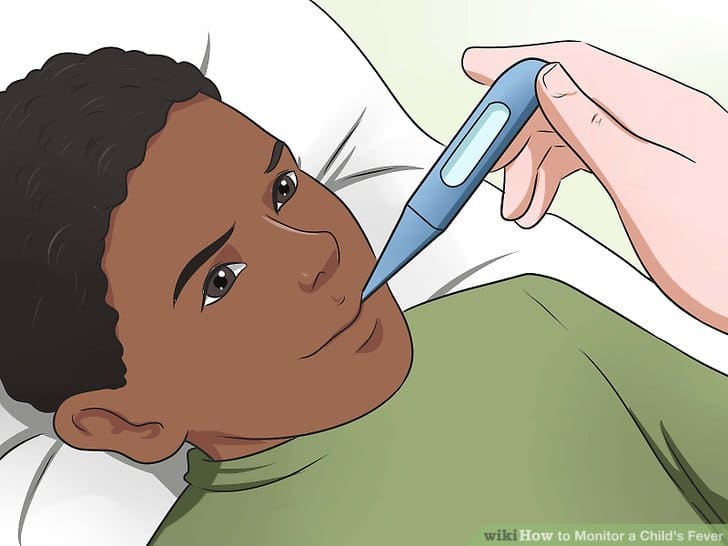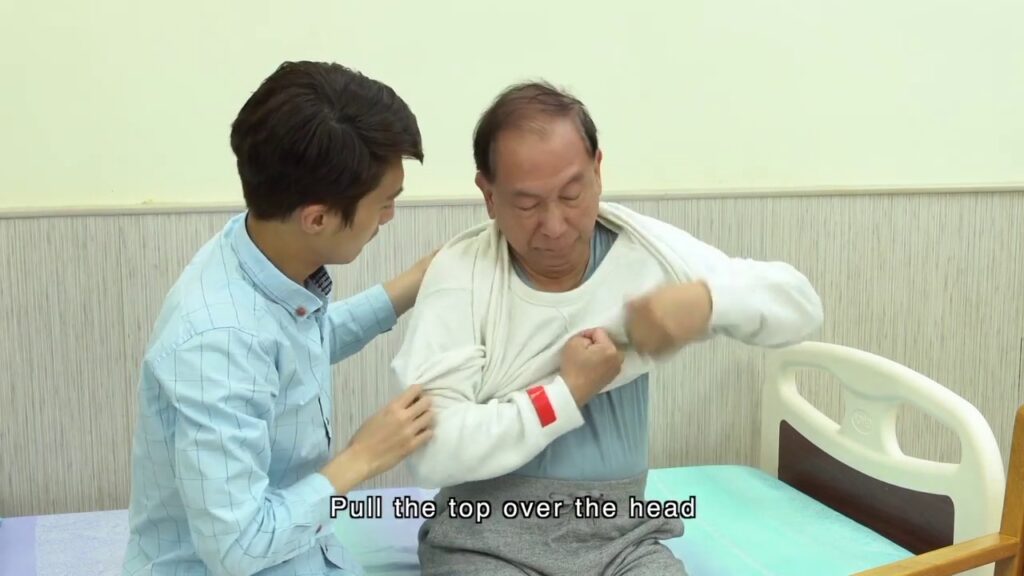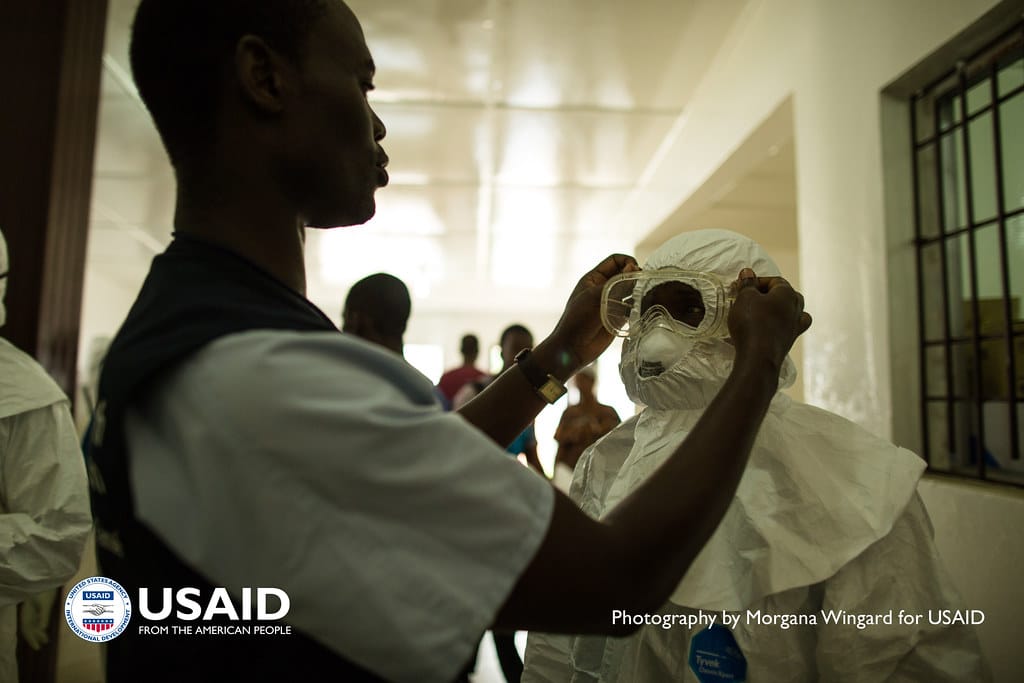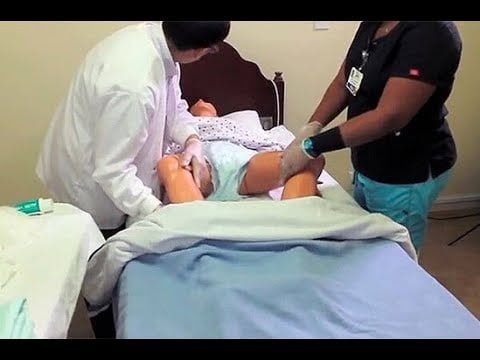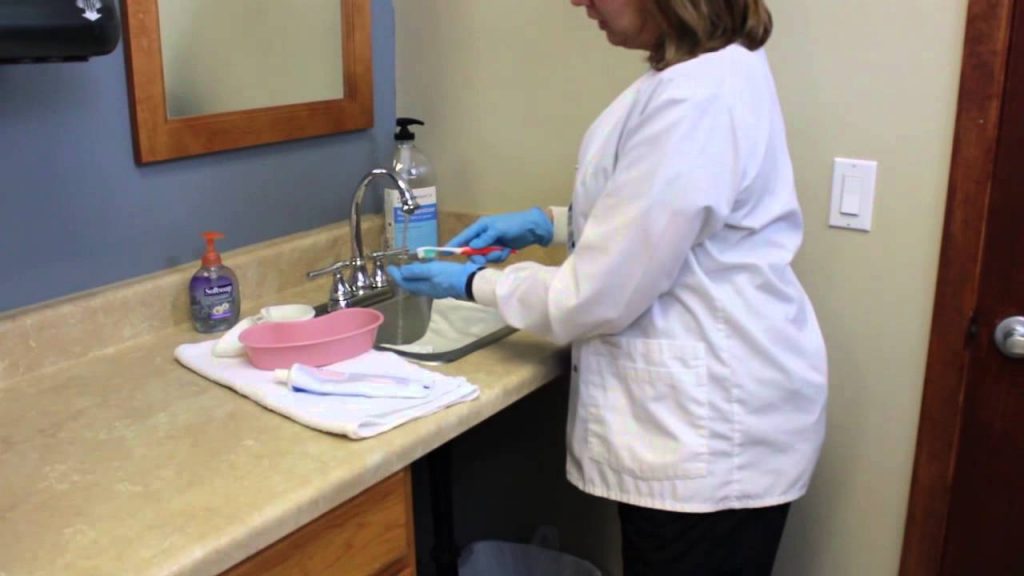Written by Amanda R. McDaniel, MS, BSN, RN
Amanda is a BSN/RN with a MS in Physiology and a BA in English. She worked as a medical writer in the pharmaceutical industry for 11 years before pursuing a career in nursing. She now works as a nurse on a NeuroTelemetry unit and continues to write and edit on a freelance basis. Amanda’s LinkedIn
Body temperature is one of the vital signs frequently measured in healthcare settings. Changes in a body temperature can indicate improvement or worsening of a patient’s condition, so accurate measurement is important. Oral (also known as sublingual) temperature measurement using an electronic monitor is a convenient and accurate method of assessment. It is quick, typically 20 to 30 seconds, and does not require the patient to change position. Oral temperatures are appropriate for most patients; however, patients who cannot breathe through their nose or cannot hold their mouth closed for the duration of the assessment for any reason should have their temperature taken via another route (axillary, tympanic, rectal, etc.).
Obtaining Oral Temperature with an Electronic Monitor
- Gather your supplies. These include:
- Gloves
- Thermometer
- Thermometer probe covers
- Perform hand hygiene and don gloves (per institutional policy).
- Ask the patient if they have had anything to drink or eat in the past 15 minutes or whether they have smoked in the last 2 minutes (food, drink, and smoking can alter the temperature of the oral cavity).
- Turn the thermometer on and slide a disposable probe cover over the probe stem until the cover äóìclicksäó into place.
- Check that you are using the correct probe. Typically, blue indicates that the probe is for oral and/or axillary temperatures while red indicates that the probe is used for rectal temperatures.
- Ask the patient to open his mouth and gently place the tip of the probe under the tongue in the posterior portion of the mouth. If needed, press the äóìStartäó button on the thermometer.
- Ask the patient to close his mouth around the probe and keep the tip of the probe under his tongue.
- The probe should stay in place until the monitor audibly signals (beeps) that the measurement has completed and the final measurement is shown on the display.
- Gently remove the probe from the patient’s mouth, then press the ejection button on the probe to remove the probe cover. Discard the probe cover and place probe back in storage position.
- Remove gloves and perform hand hygiene.
- Document the temperature in the patient’s record and inform the nurse of any significant change from previous temperature per institutional or unit protocol.
- Disinfect the thermometer and return it to the storage or charging location per institutional or unit protocol.
Amanda R. McDaniel, MS, BSN, RN
References
Fetzer, S. J. (2014). Vital signs and physical assessment. In A. G. Perry, P. A. Potter, and W. R. Ostendorf (Eds), Clinical nursing skills & techniques (8th ed., pp. 67-72). St. Louis, MO: Mosby Elsevier.
General Survey, measurement, vital signs. (2012). In C. Jarvis (Ed.), Physical examination & health assessment (6th ed., pp. 132-133). St. Louis, MO: Elsevier Saunders.

